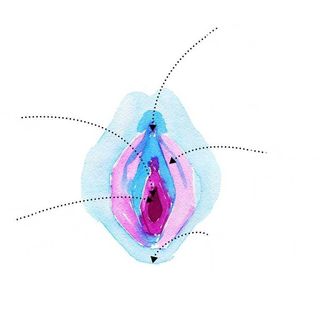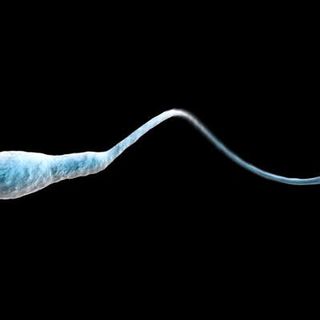
Large‑Scale Review of Research Finds Menstrual Cups Safe, Effective
Access to a variety of menstrual hygiene products is still a challenge.

A first-of-its-kind scientific, large-scale review of research around menstrual cup use has concluded menstrual cups are both safe and leak as much or less than common menstrual products, like pads and tampons.
The analysis, which examined 43 studies of menstrual cup use by 3,300 women and girls living in low-, middle- and high-income countries, was published in The Lancet Public Health, a highly regarded peer-reviewed journal. Menstrual cups are flexible cups inserted into the vagina in order to collect menstrual blood. They range from deeply concave cups that sit in the vagina, to flatter cups that seal at the cervix. Most cups are made out of medical-grade silicone, rubber, latex or elastomer and can last up to 10 years with hygienic upkeep.
While ultimately the study concluded around 70% of women continue to use menstrual cups once familiar with the product, familiarity is the obstacle to the cup being the menstrual option of choice for more women. Global awareness of cups and access to them continue to be a problem in many parts of the world. Even once exposed to the option, the researchers found that training in use, practice and peer support were determining factors in successful and continued adoption of the cup; many women reported that familiarity and efficacy were processes that took them several cycles to master.
Related on The Swaddle:
Tampons to Sponges, a Round‑up of Menstrual Options
“Despite the fact that 1.9 billion women globally are of menstruating age — spending on average 65 days a year dealing with menstrual blood flow, few good quality studies exist that compare sanitary products,” senior author Penelope Phillips-Howard, PhD, from the Liverpool School of Tropical Medicine, U.K., said in a statement. “We aimed to address this by summarizing current knowledge about leakage, safety, and acceptability of menstrual cups, comparing them to other products where possible.”
What Phillips-Howard and team found is that menstrual cups, when used as advised, had similar leakage rates as those reported for disposable pads and tampons. Menstrual cups also had similar or less risk of infection; researchers hesitated to be more exact, as the total number of menstrual cup users is far from known. Across research that examined menstrual cup use and vaginal flora, no change was observed among 507 menstrual cup users. And studies that examined whether cup use damaged vaginal or cervical tissue, found zero evidence of such harm.
Related on The Swaddle:
Your Menstrual Cycle Keeps Changing Throughout Your Lifetime
Cups have been heralded as a cost-effective and environmentally friendly long-term option for menstrual health. (A cup on average costs roughly 5% to 7% of the cost of one periods’ worth — roughly 12 — pads.) But while the study found cups for sale in 99 countries, awareness of and access to them remain low in many places. For instance, India’s nascent menstrual cup market is stymied by a lack of regulation, a lack of retailer interest, and a lack of information among consumers, making it difficult even for people who are aware and interested in cups to take them up as a menstrual product of choice.
While ruling in favor of menstrual cup safety and effectiveness overall, the researchers are calling for more rigorous study of menstrual cup use — for instance, by people with intrauterine devices (IUDs) — in order to further refine these initial findings.
Liesl Goecker is The Swaddle's managing editor.
Related


An Anatomical Guide to Female Genitalia for Anyone Who Needs It
